For the first time, Vietnam has a master plan for IT&T infrastructure, with the orientation of developing into a new generation infrastructure, synchronizing components, creating harmonious and sustainable development between regions and localities. From there, creating a new development space for the country, creating favorable conditions for the development of digital government, digital economy, and digital society. In terms of the national master plan, the implementation of IT&T infrastructure planning is considered to play an important role in the overall socio-economic development of Vietnam. VietNamNet would like to send readers a series of articles about the picture of IT&T infrastructure in the digital age. Lesson 1: Planning IT&T infrastructure will promote national digital transformation Article 2: Vietnam aims to be in the top 10 countries in Asia in terms of domain names Lesson 3: Information and Communications Infrastructure Planning focuses on digital infrastructure development Lesson 4: Making the postal network an essential infrastructure of Vietnam's digital economy |
Making digital technology industry a spearhead economic sector
The implementation of the master plan for IT park development until 2020 has achieved some important results. However, according to the assessment of the Ministry of Information and Communications, in some localities, the connection and cooperation between concentrated IT parks and industrial parks to form a synchronous infrastructure system is still weak. This has affected the capacity to attract investment and promote the development of the IT industry. On the other hand, the development of concentrated IT parks is not commensurate with the potential and advantages of large cities.
From that reality, the Ministry of Information and Communications realized that in order to implement the core strategy of developing concentrated IT zones, the Government needs to prioritize allocating development investment capital to support and create motivation to attract social resources to participate in investing in these zones.
Integrated into the National Information and Communications Infrastructure Planning along with the socio-economic development plans of the province and regional planning, a new point in the content of the IT industrial infrastructure planning is to clearly identify regions and localities with potential and advantages to develop concentrated IT zones.
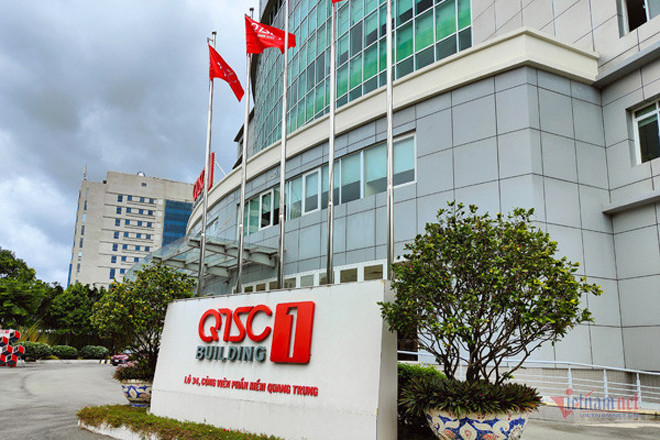
The new IT infrastructure planning also aims to form a cluster of concentrated IT parks and a chain of software parks to create a digital ecosystem, enhance the competitiveness and content of Vietnamese IT products in the global production value chain. At the same time, promote the results and values of successful operating zones, creating a spillover effect for concentrated IT parks across the country.
Talking about the significance of forming concentrated IT clusters, the representative of the Institute of Information and Communications Strategy said that the new planning has arranged space for developing concentrated IT clusters in 6 key economic regions, taking into account promoting regional advantages, avoiding overlap in attracting investment resources - FDI, contributing to reducing the gap in development between regions and increasing national competitiveness.
“The development of concentrated IT parks according to the new planning will create technical infrastructure and a favorable business environment for technology enterprises, contributing to the development of the country's spearhead economic sector - the digital technology industry. This will also be an incubator for new businesses to develop, for start-ups and innovation. Concentrated IT parks are also important human resource training centers for the whole country,” said a representative of the Institute of Information and Communications Strategy.
'Feasibility was given special attention'
In the new phase of planning for IT&T infrastructure, with the flow approach, the five components of this infrastructure are closely linked together. If the postal network ensures the flow of material, digital infrastructure ensures the flow of data, IT applications maintain the flow of knowledge to every person and every home, network information security ensures the national sovereignty of the flows, then the IT industry aims to build a digital ecosystem on the flows.
The requirement for the period up to 2025 is to form and implement projects of 12-14 IT parks and software park chains in localities across the country; and by 2030, to develop about 16-20 parks, creating concentrated IT park clusters in some regions to ensure linkages in research, technology mastery with the production of digital technology products to meet the requirements of national digital transformation.
The IT industrial parks will be evenly distributed in 6 economic regions based on the strengths of each region, connected in a chain to create a continuous and continuous data flow between regions and areas across the country to promote sustainable socio-economic development. Priority will be given to construction locations near data centers. In particular, according to the plan, by 2030, 2-3 new IT parks will be built in Hanoi and surrounding areas; Da Nang, Ho Chi Minh City and surrounding areas.
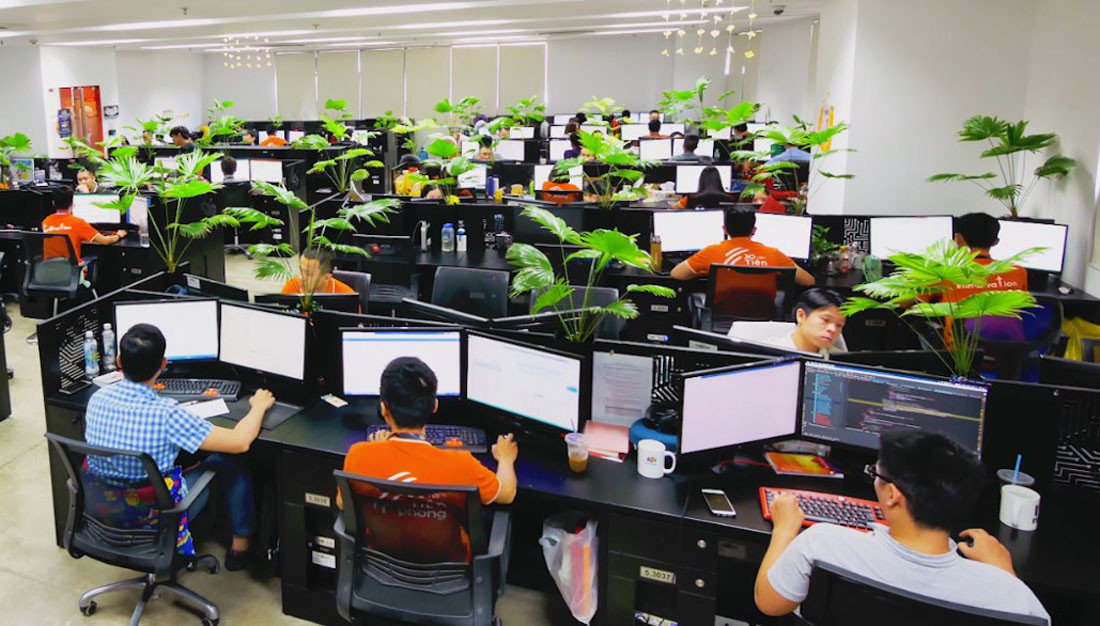
Affirming that the Ministry of Information and Communications has considered feasibility in the planning process, Deputy Director of the Institute of Information and Communications Strategy Tran Minh Tan said that regarding IT industry infrastructure, the Ministry closely coordinates with relevant localities to review each content, consider each specific goal and development plan.
Providing evidence of the feasibility of implementing the plan, the drafting agency stated: Including the two newly added zones, the country currently has 7 concentrated IT zones. The actual survey process shows that the localities of Da Nang, Ho Chi Minh City, Binh Dinh, Tien Giang, Khanh Hoa, Lam Dong, Thanh Hoa have enough conditions to form a number of additional concentrated IT zones.
"Therefore, the planning to set the goal of forming and implementing projects of 12-14 concentrated IT parks and members of the software park chain in localities across the country by 2025 is consistent with the industry's development goals and local conditions," said the representative of the drafting unit.
Emphasizing the need for cooperation from ministries, sectors and localities in implementing the planning, the Ministry of Information and Communications pointed out that one thing that needs to be focused on in the immediate future is to form a core concentrated IT park system with the role of leading the development of the digital technology industry, promoting the development of Make in Vietnam digital technology products. At the same time, develop a chain of small and medium-sized software park members to facilitate the development of the ICT industry in neighboring areas, contributing to changing the face of the local socio-economy.
In addition, it is necessary to mobilize and encourage large, reputable digital technology enterprises to invest in research and development, master new technologies, participate in human resource training activities, build and sponsor technology parks, and incubators for innovative startups in concentrated IT parks.
To develop the IT industrial infrastructure in the new phase, 5 main groups of solutions will be focused on in the coming time, including: Mechanisms and policies; investment capital mobilization; science, technology and environment; human resource development; and international cooperation. |
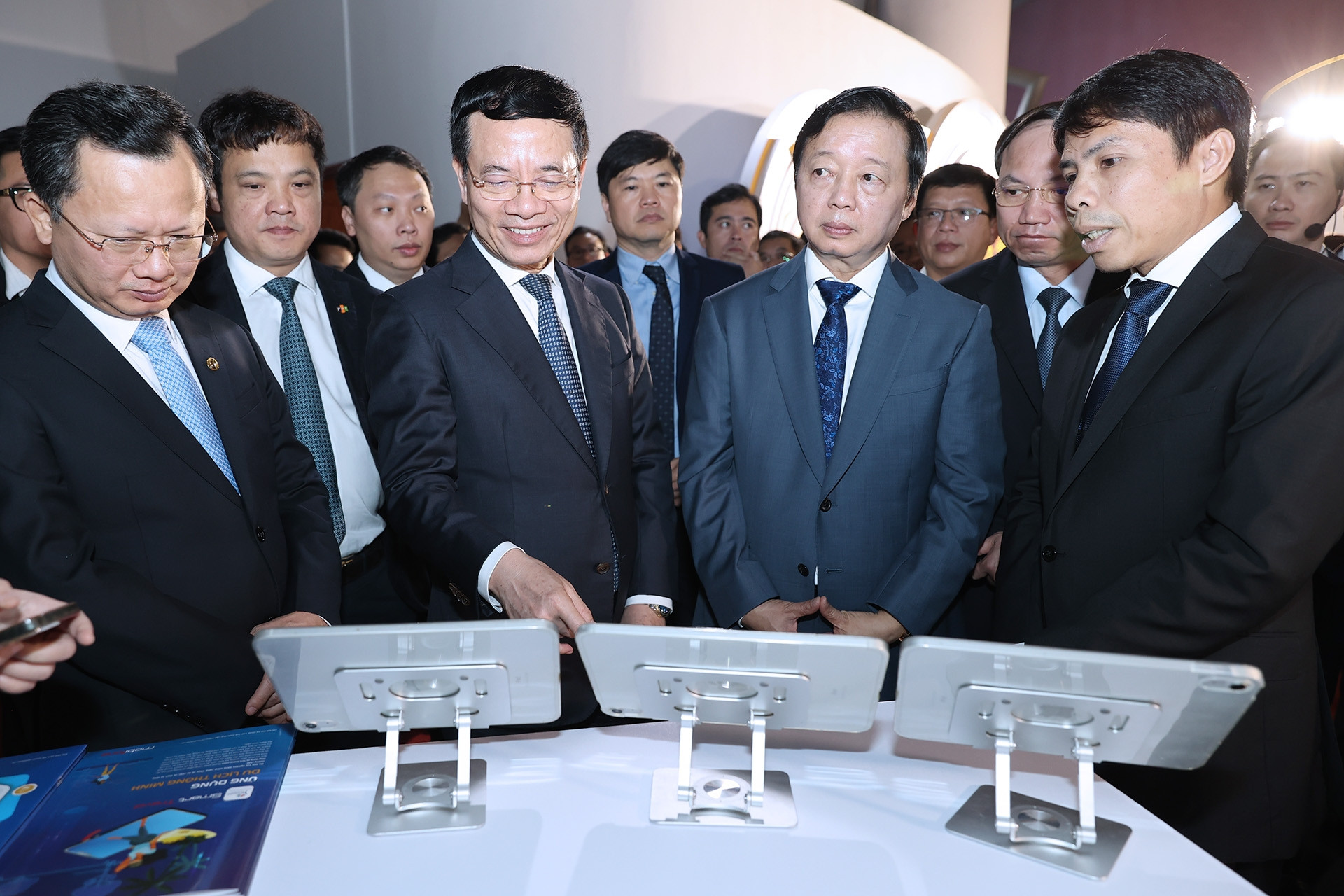
Source






![[Photo] Feast your eyes on images of parades and marching groups seen from above](https://vstatic.vietnam.vn/vietnam/resource/IMAGE/2025/4/30/3525302266124e69819126aa93c41092)
![[Photo] Fireworks light up the sky of Ho Chi Minh City 50 years after Liberation Day](https://vstatic.vietnam.vn/vietnam/resource/IMAGE/2025/4/30/8efd6e5cb4e147b4897305b65eb00c6f)
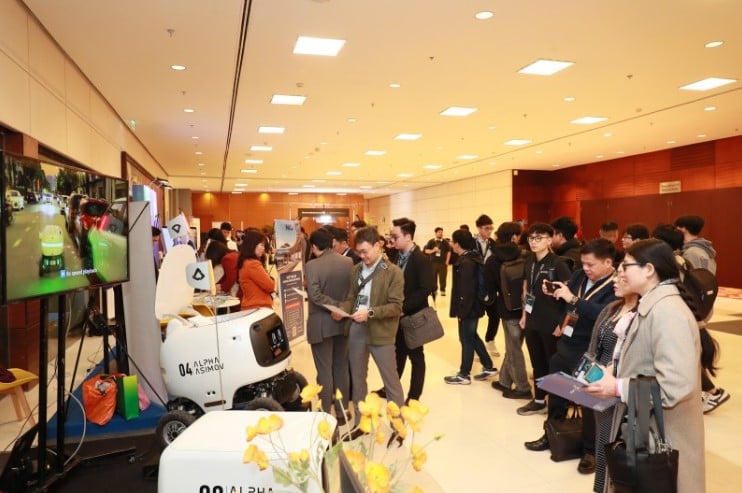







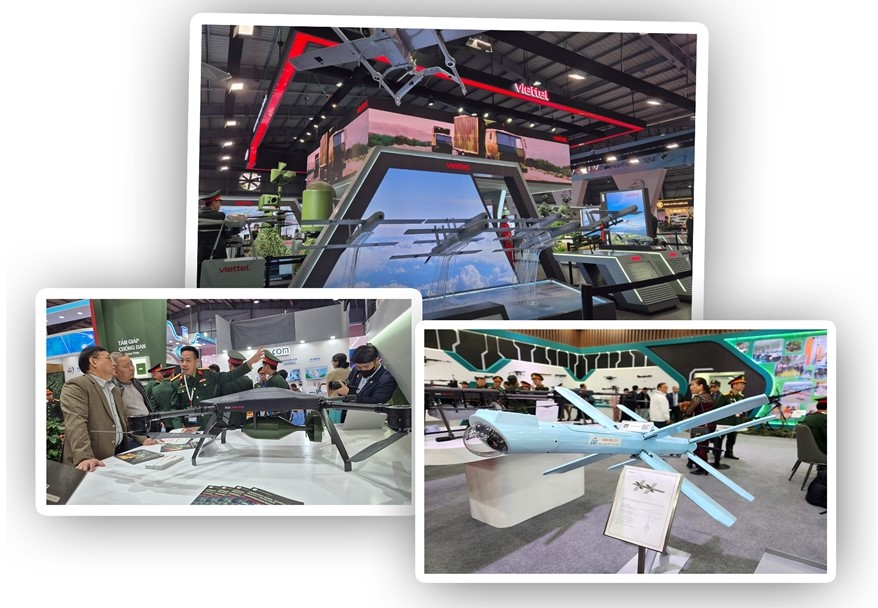









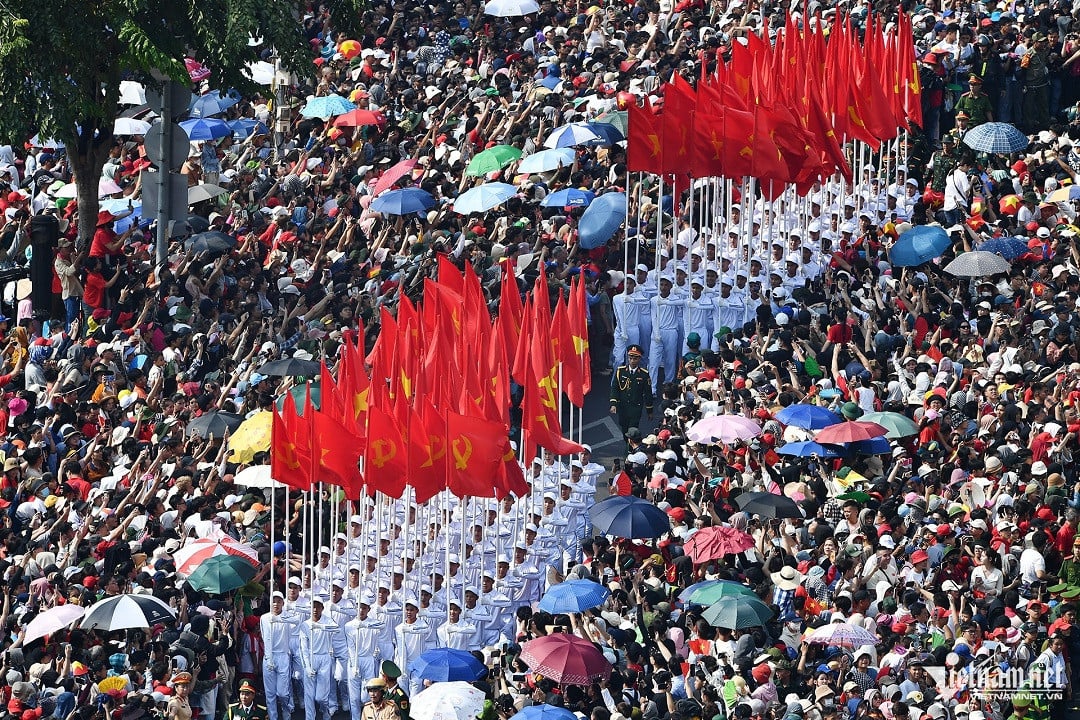



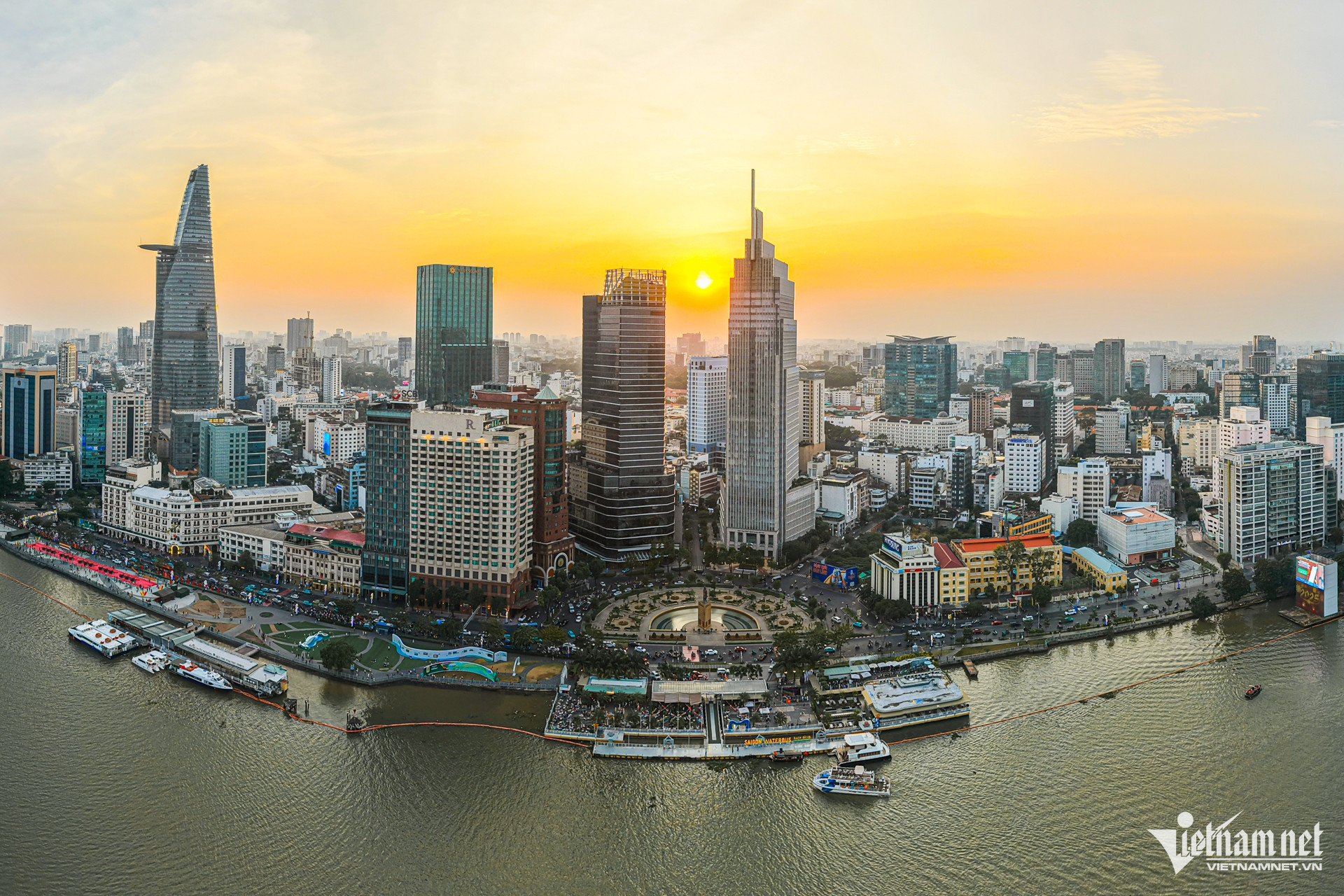

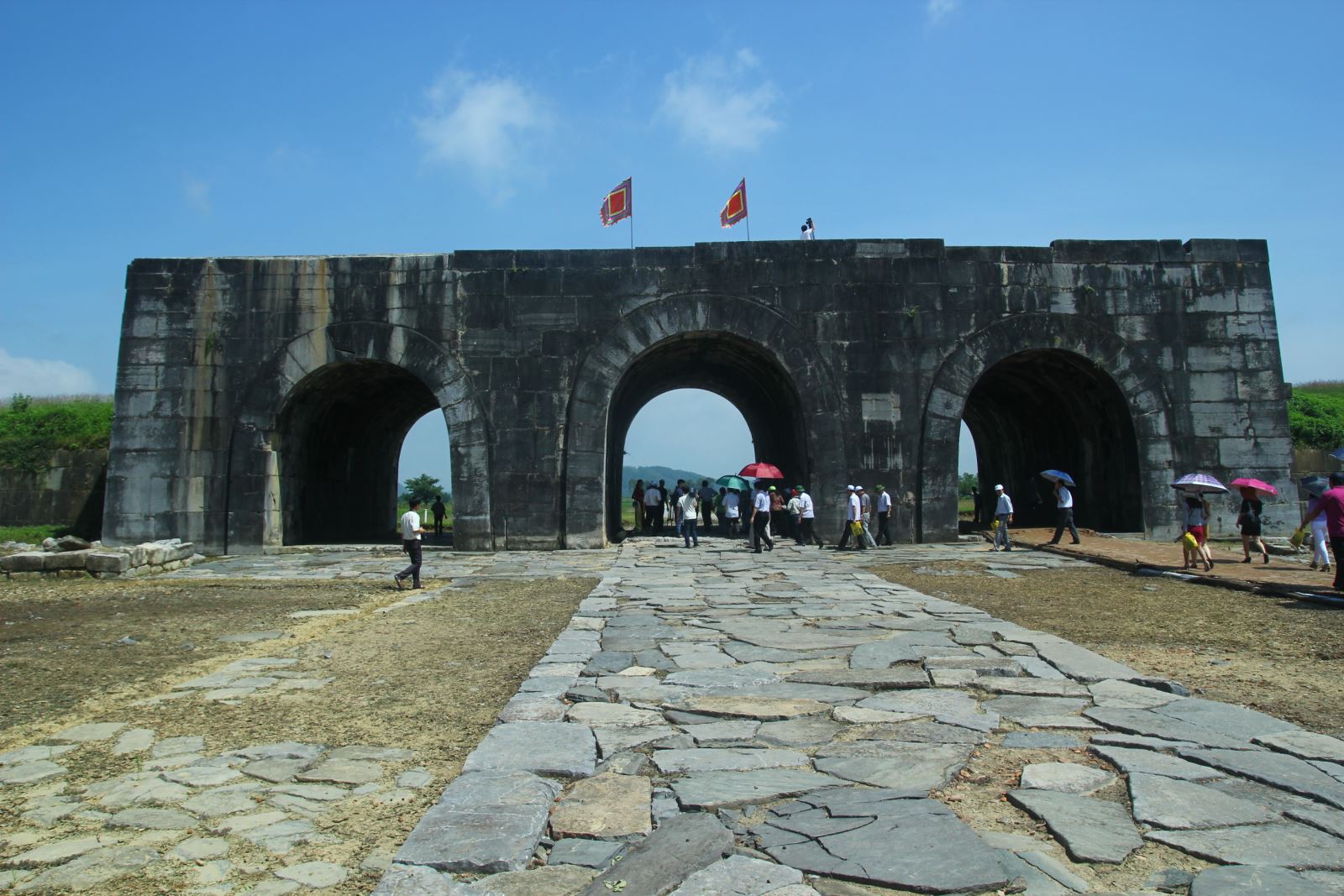



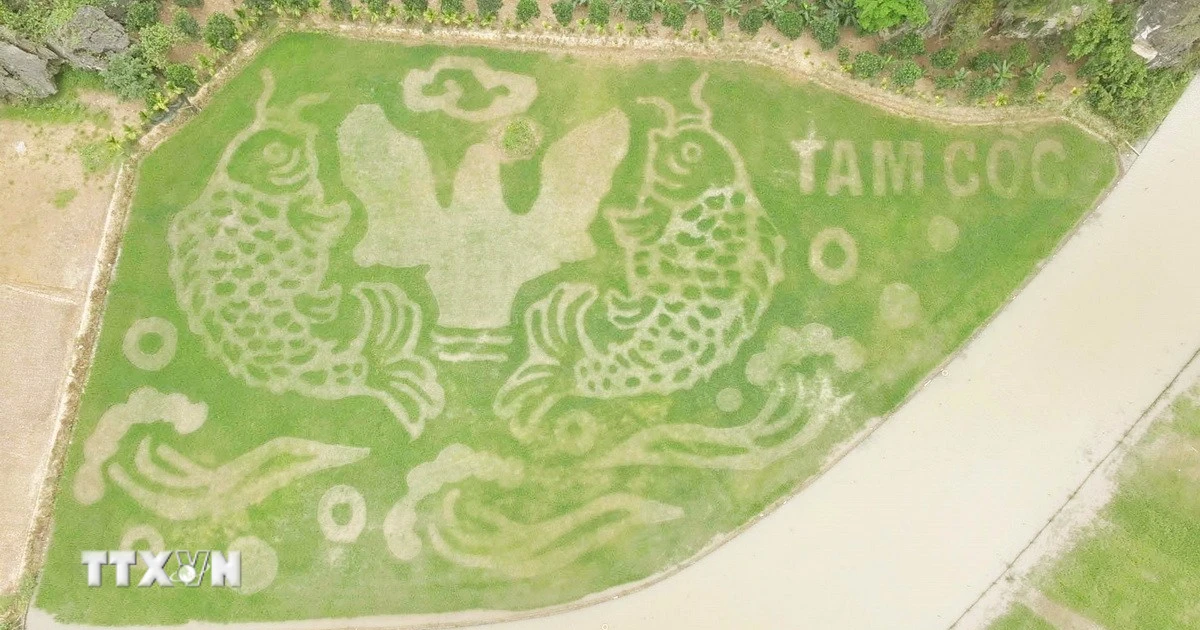

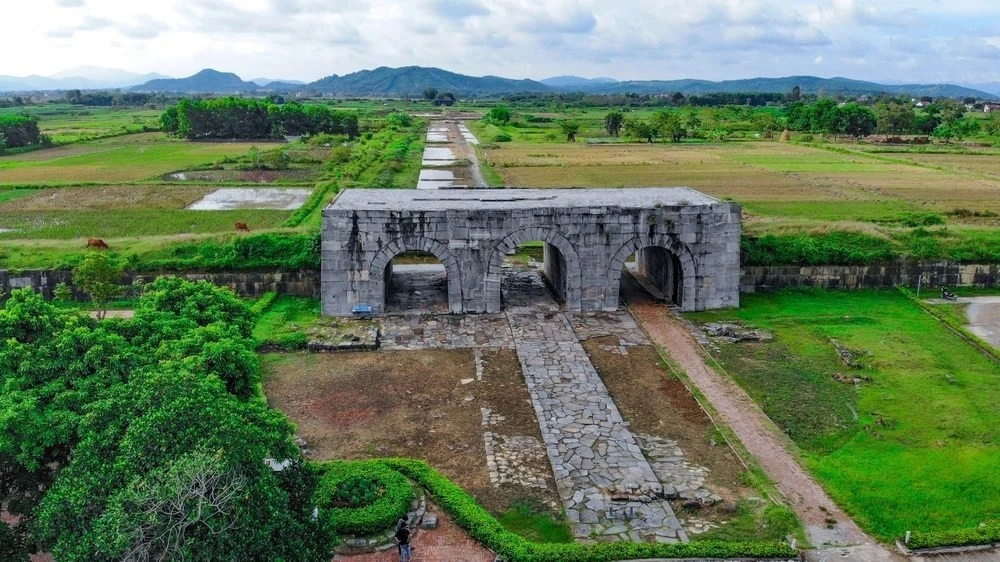

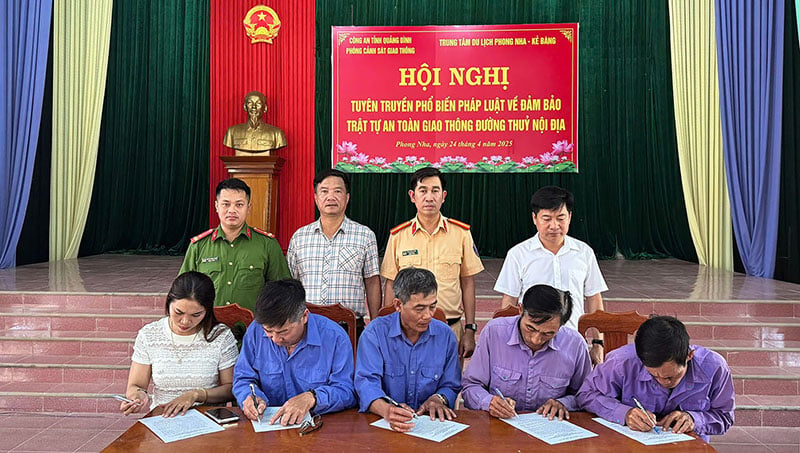

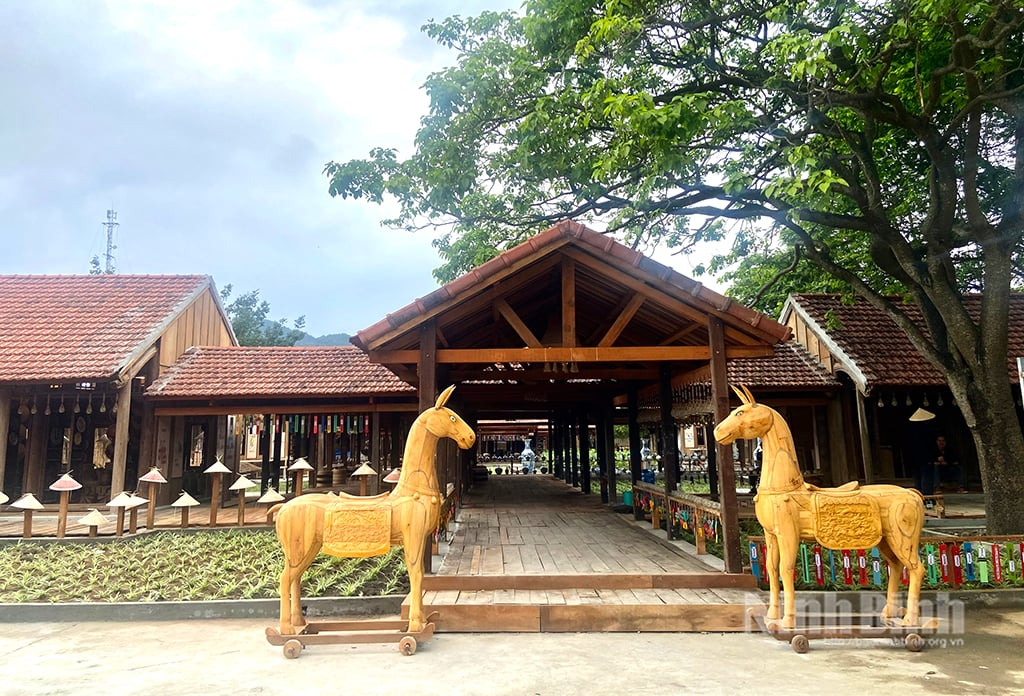









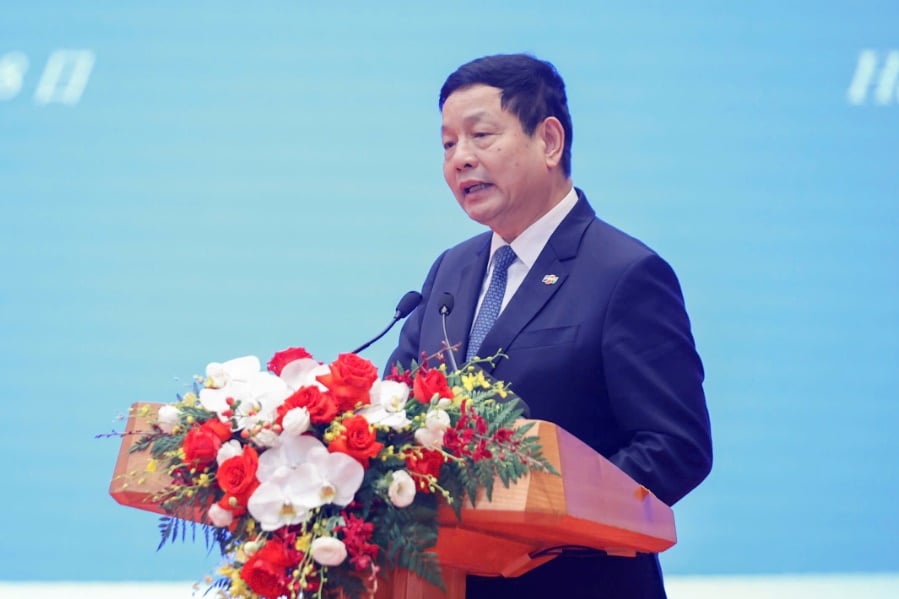








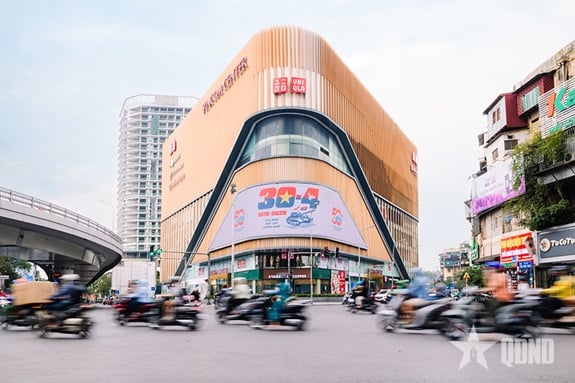
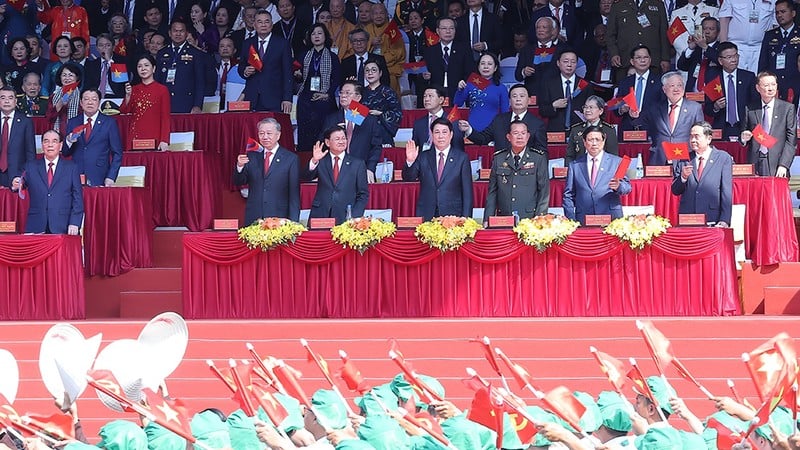






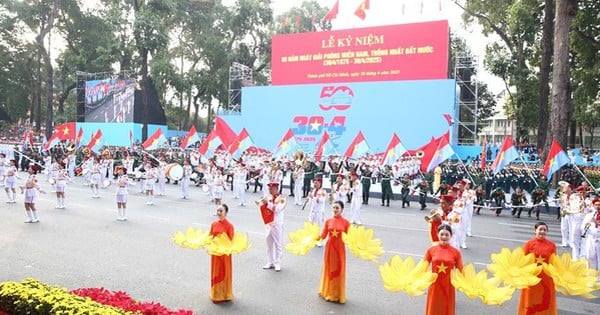



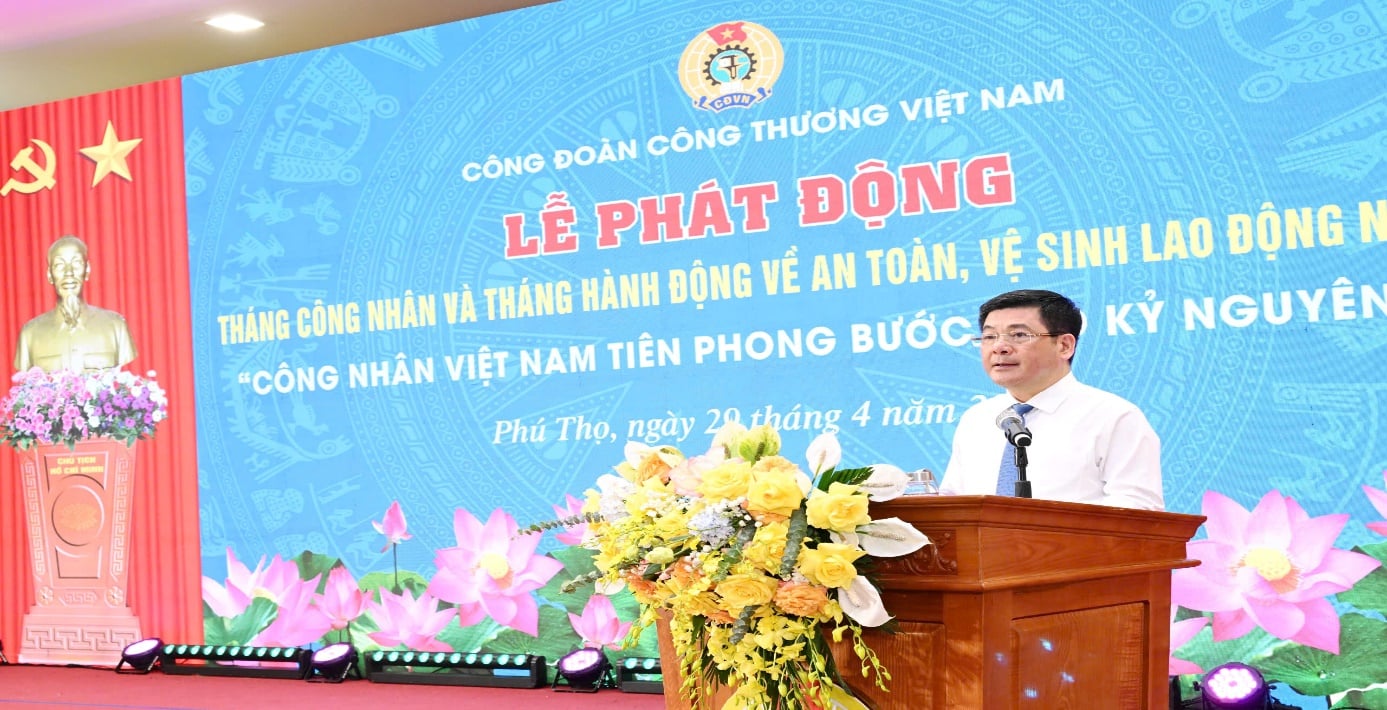


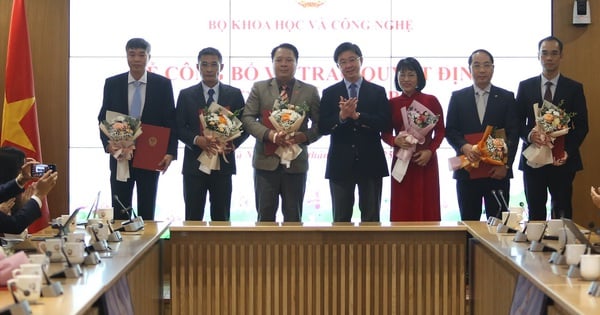


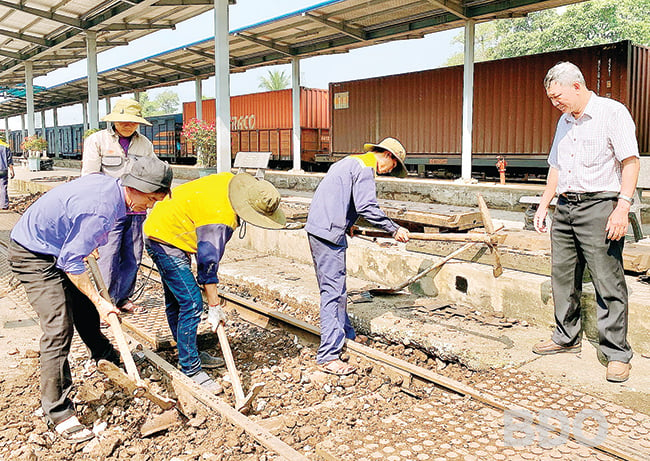
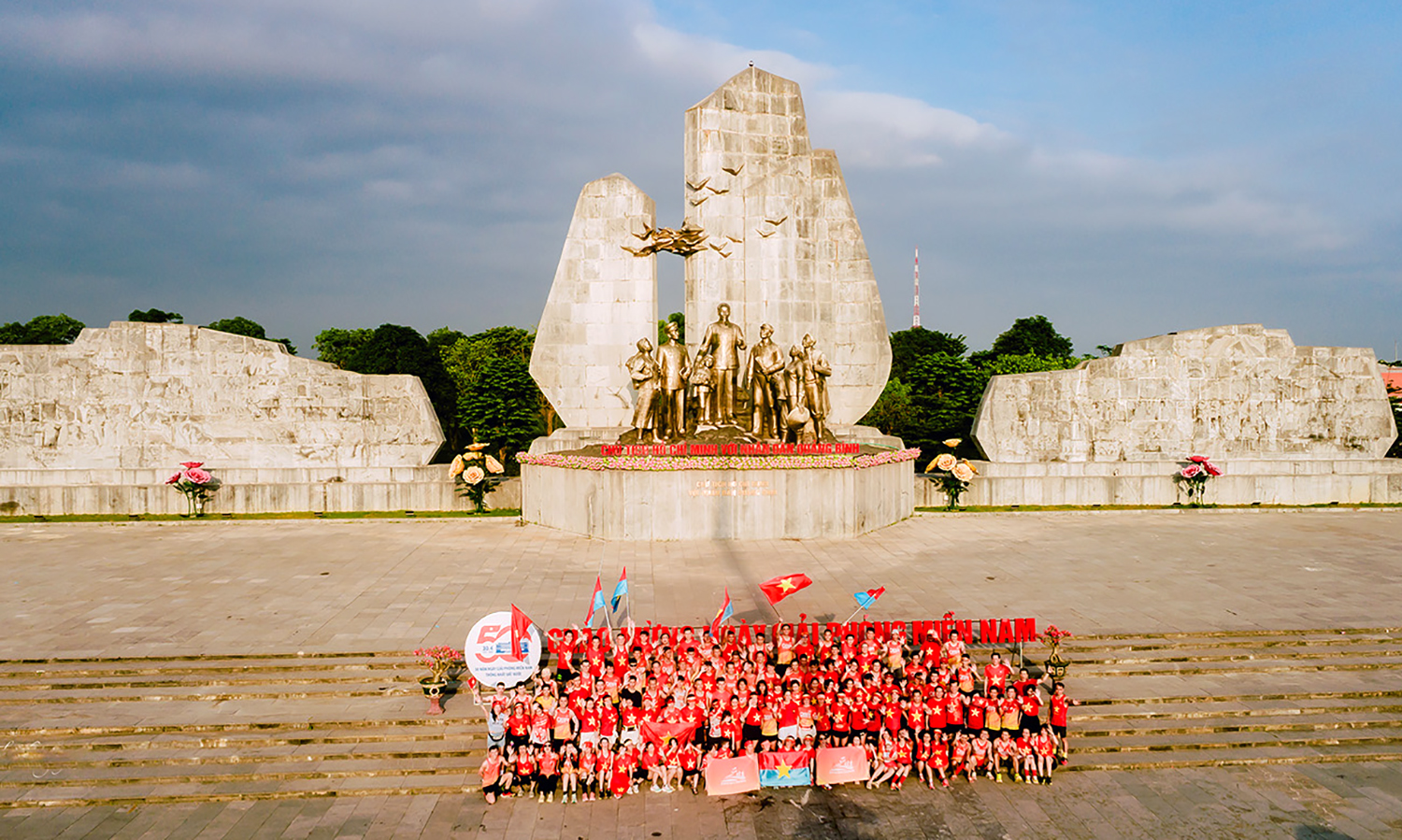










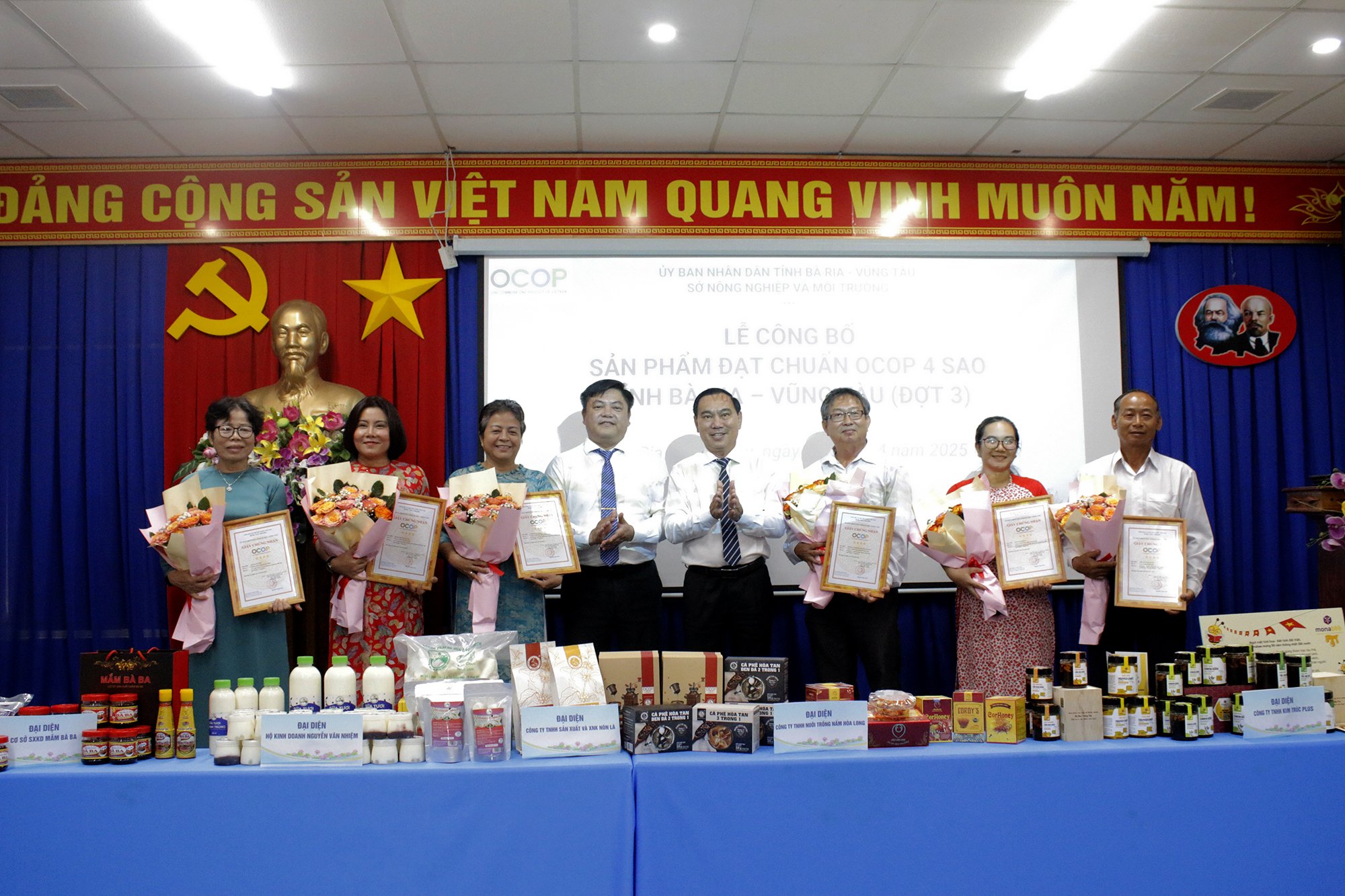

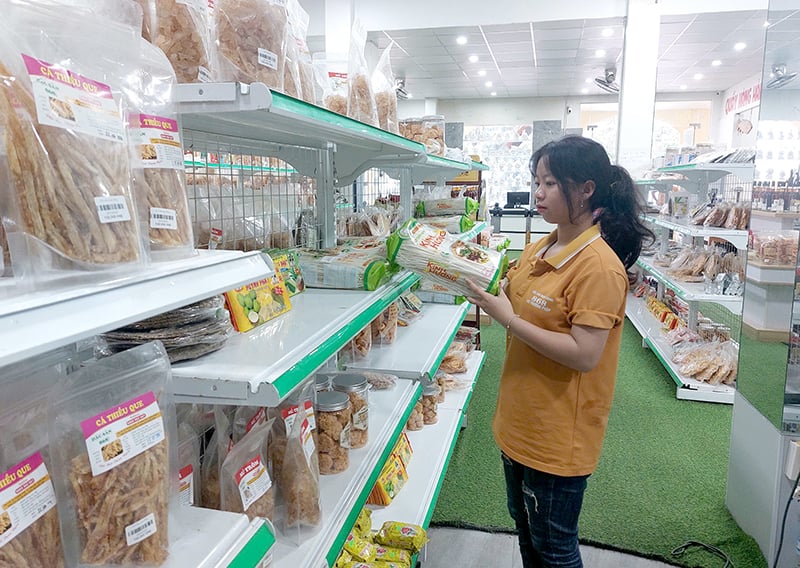
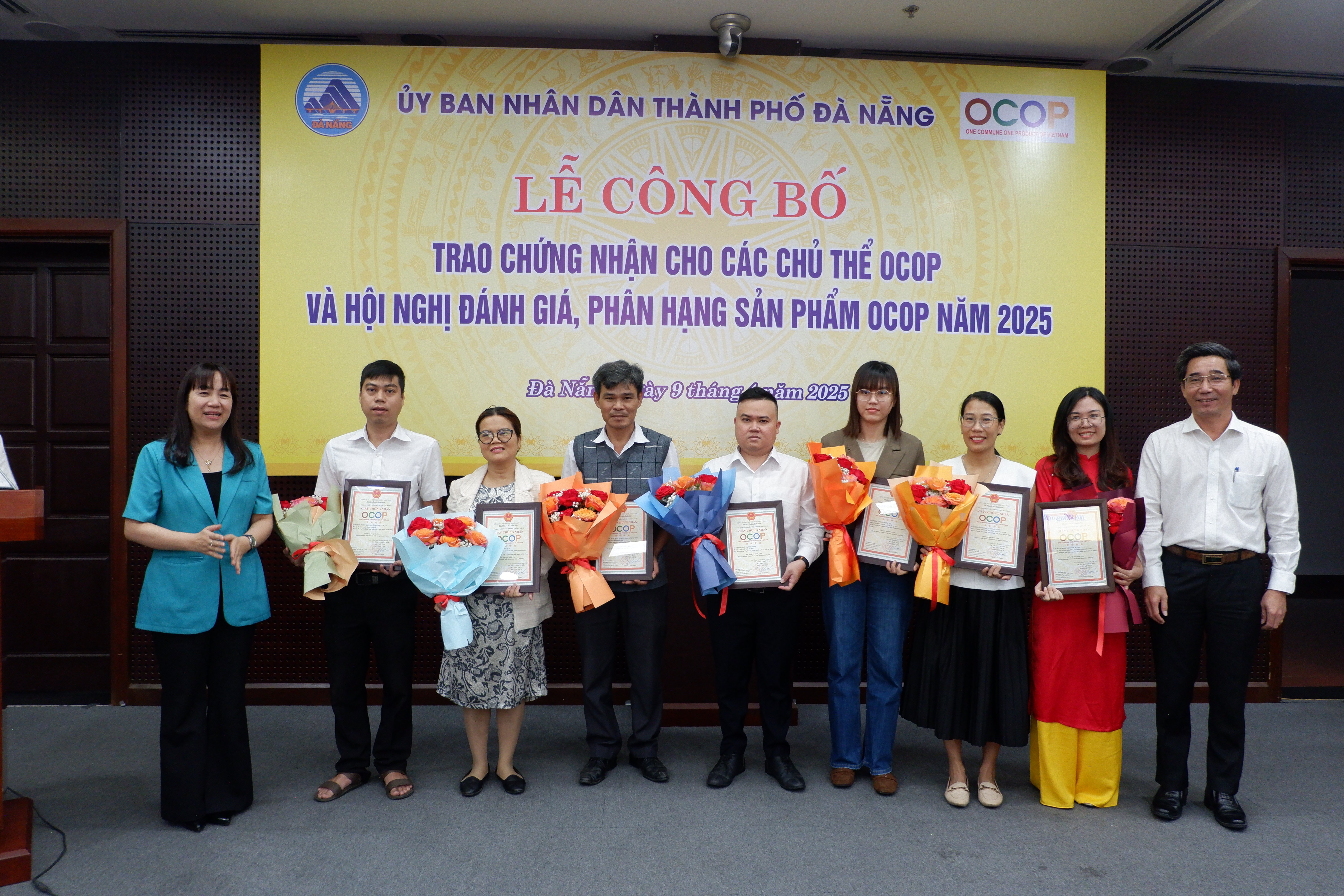

Comment (0)